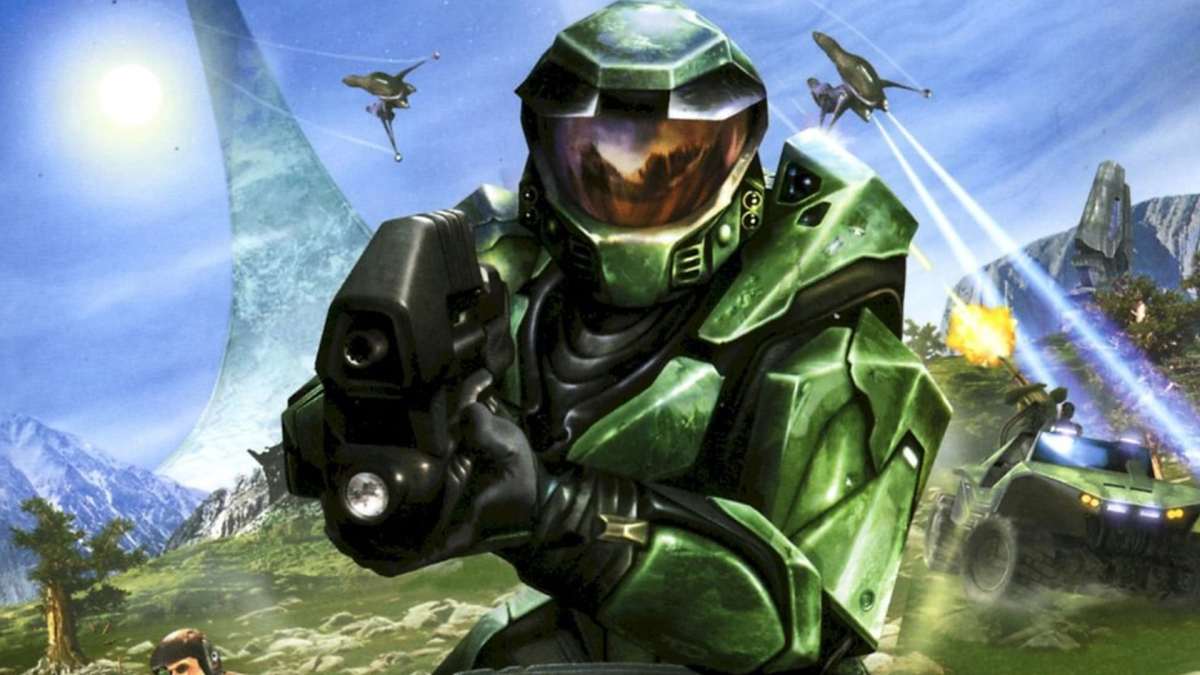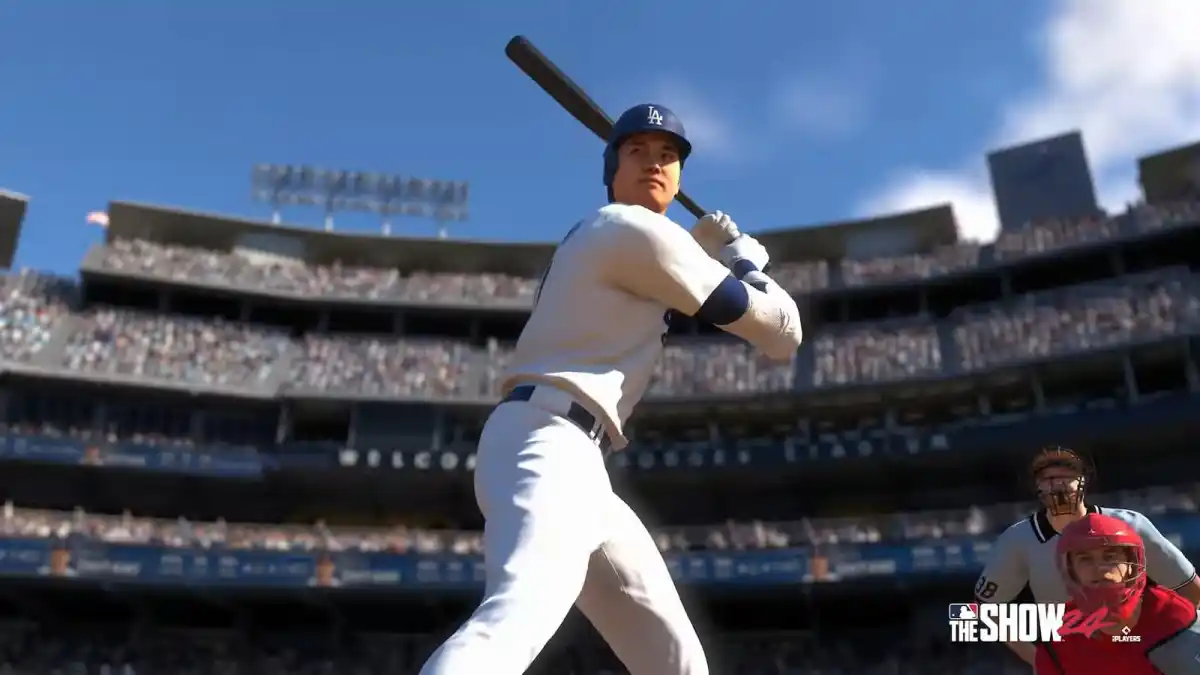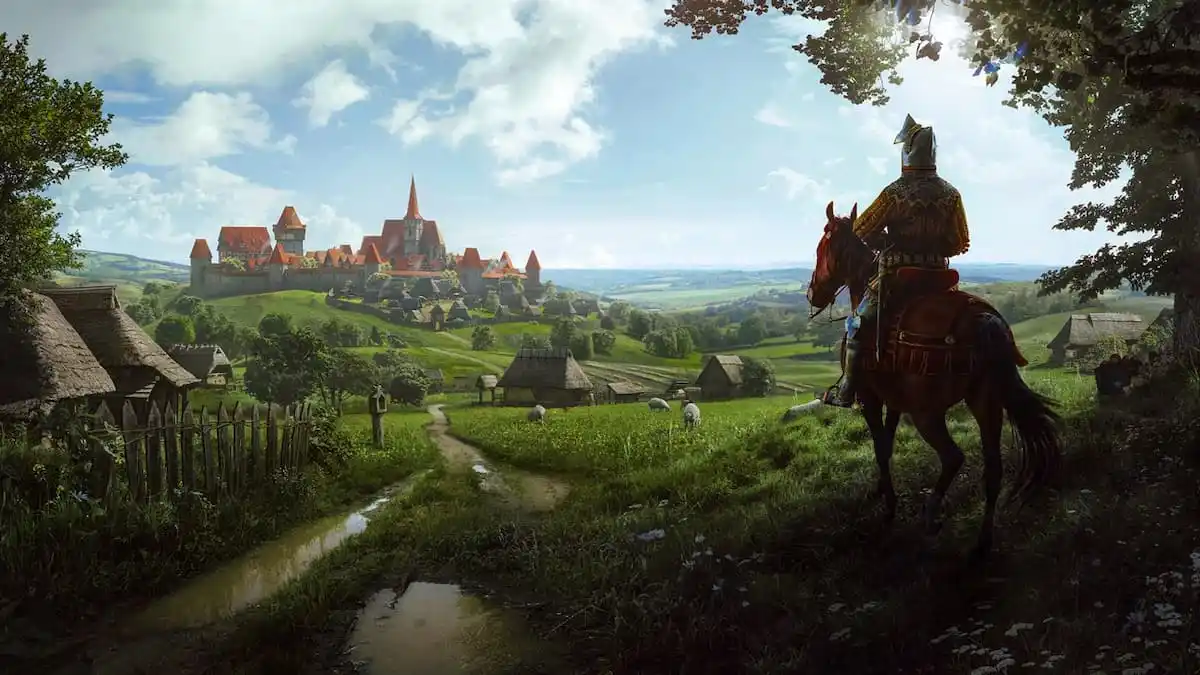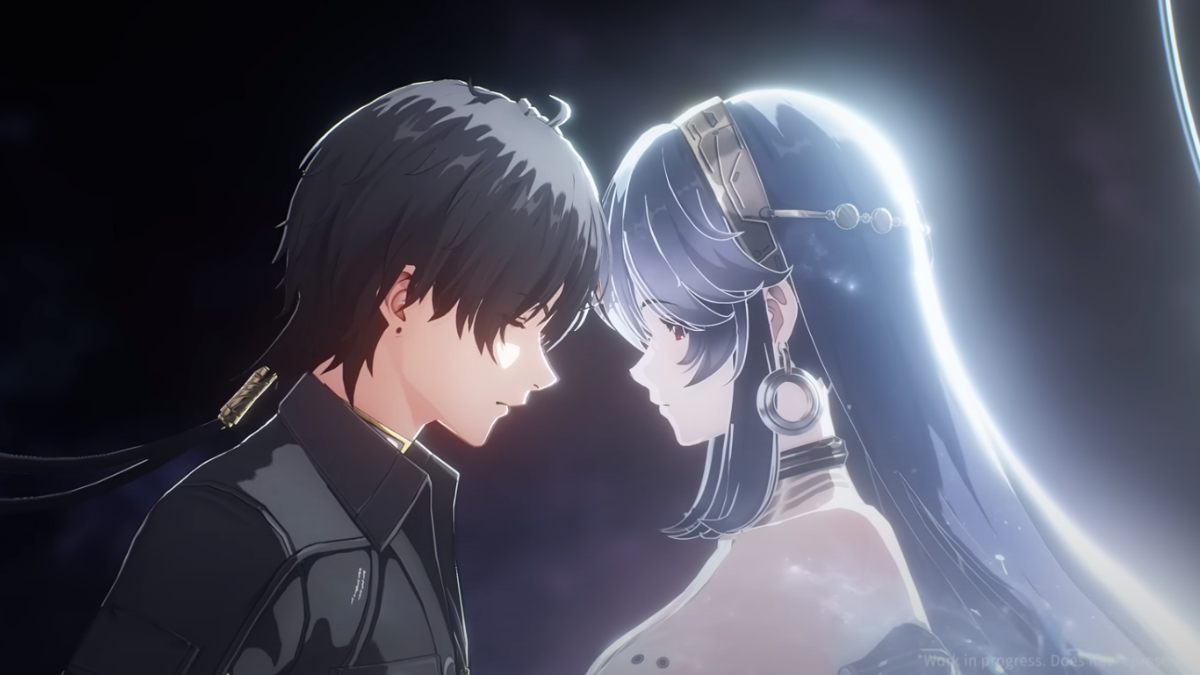It’s an uncharacteristically warm spring morning in 2002 as a short bespectacled teenager walks towards an undisclosed location in England. He carries a backpack that contains a large and heavy black box, a controller that is too awkward for his hands, a mess of LAN cables and SCART leads, and a DVD case with one of the best shooters ever made. The teenager is excited – it’s his first big multiplayer party, two teams of eight players, red versus blue, going head to head to capture flags, defend a location, or systematically murder each other in team deathmatch. He has been practicing for nearly five months, honing a trigger finger that can fire a plasma gun with the same deadly efficiency as a rifle.
That teenager is me, hauling the original Xbox and Halo: Combat Evolved to a house that was much too tolerant of 16 swearing boys and girls, gripping the old “Duke” controllers in sweaty palms as we squinted at a quarter of a tiny CRT screen. But with relevant adjustments for height, glasses, and multiplayer team sizes, that teenager could just as easily be someone else. It would take the advent of Xbox Live and a couple of sequels for the Halo franchise to establish itself as a global phenomenon, but its beginnings were far from humble.
On November 15, 2001 — 20 years ago today — Halo was the premier launch title for Microsoft’s first foray into the console market, and the hype transcended traditional video game press outlets. I remember seeing it on all major video game magazine covers and dominating stands and window displays in video game shops; there was even an advert during primetime TV. At school, the few who were into video games usually had a PlayStation 2, but there were some who had decided to take a punt on Microsoft’s console, and there was a cult-like buzz around them: “Psst, Halo is the real deal; Halo is worth getting an Xbox for.”
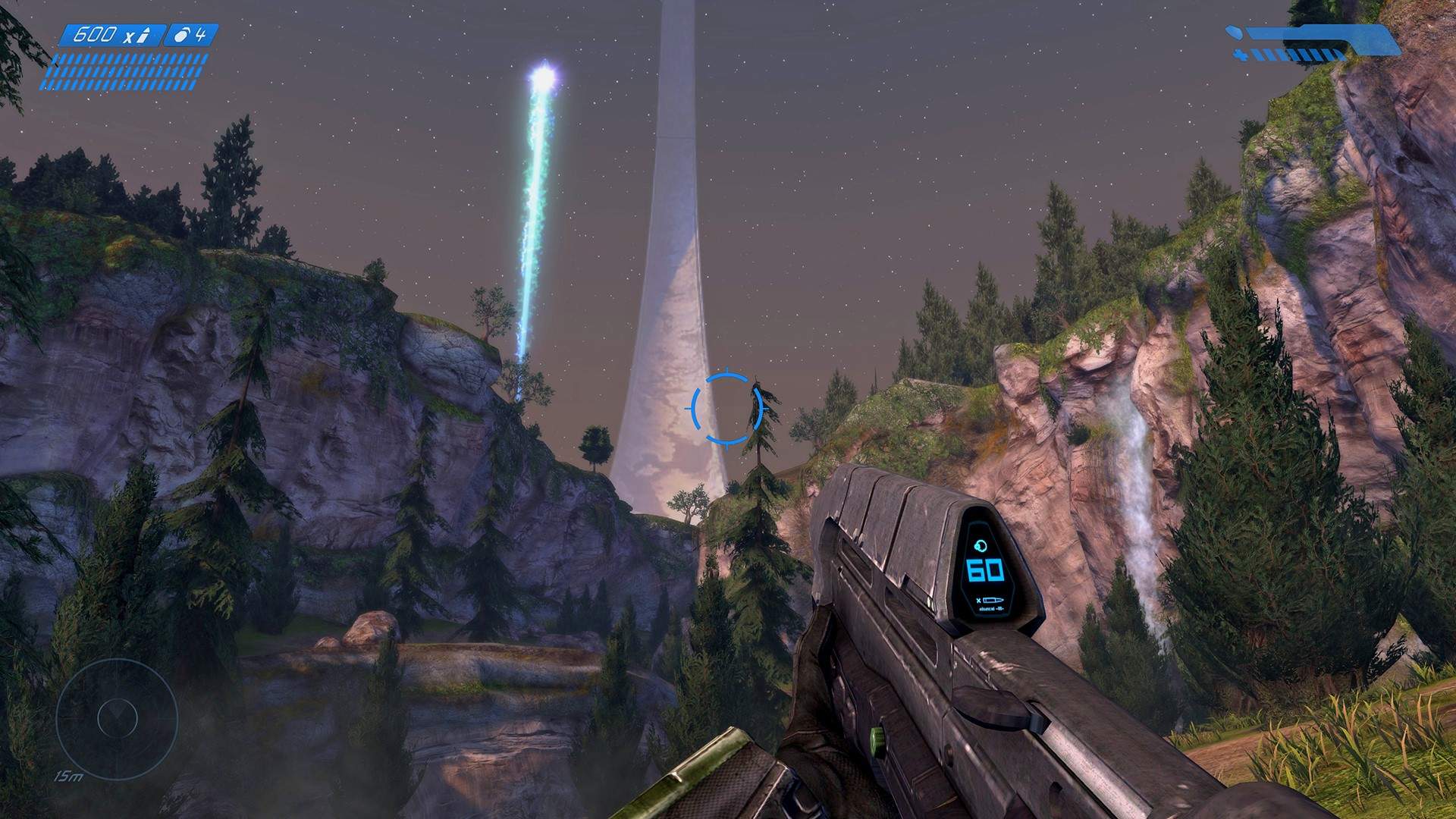
The game is a bit prettier than it was 20 years ago with Halo: Combat Evolved Anniversary.
I still remember my first few hours with the game. “The Silent Cartographer” and “Assault on the Control Room” are the levels most people tended to discuss, but it’s the second mission that sticks in my mind. Master Chief, the game’s laconic power-armored protagonist, crash-lands on the titular ringworld. He steps out of the lifeboat into what seemed at the time like a vast open expanse. To the right, some hills and rocks cradle a rivulet. To the left, the rivulet runs under a narrow metal bridge and disappears over a sheer drop, which opens onto the now-infamous vista of the edges of the ringworld sweeping away and up into the sky, horizon giving way to a closed loop with pockets of water and landmass visible on its inner surface. Follow that loop and you eventually notice the sun. It streams through tree foliage, bleeding around the edges of leaves and branches to give the illusion of a presence of atmosphere. It’s a small detail, but it’s part of a whole that gave Halo: Combat Evolved its sense of place.
A few minutes later Master Chief is amongst a scattering of angular metal structures, backing up a squad of marines as he trades shots with an alien force that, even to this day, is possessed of a fiendish AI. The tiny Grunts are the fodder, dispensable in a fight and easily scattered when their numbers are reduced. The Jackals are longer-range soldiers, hunkering down behind plasma shields for a choice shot. The Elites are Master Chief’s counterparts, rolling, dodging, taking cover when their shields are down, trying to flank and close distance for a powerful melee attack. Everyone has their distinct role, conveyed through animation that is smoother than anything I had seen before, working together against Master Chief’s defenses.
Master Chief came with a two-weapon loadout, jump, melee, and recharging shield that felt utterly fresh at the time. These mechanics sat somewhere between the fast-paced arcade insanity of Quake and the slower, more grounded feel of Half-Life, giving you enough defense and firepower to get stuck into intense firefights, but not enough to remain in them for very long before needing to recharge and change your loadout.
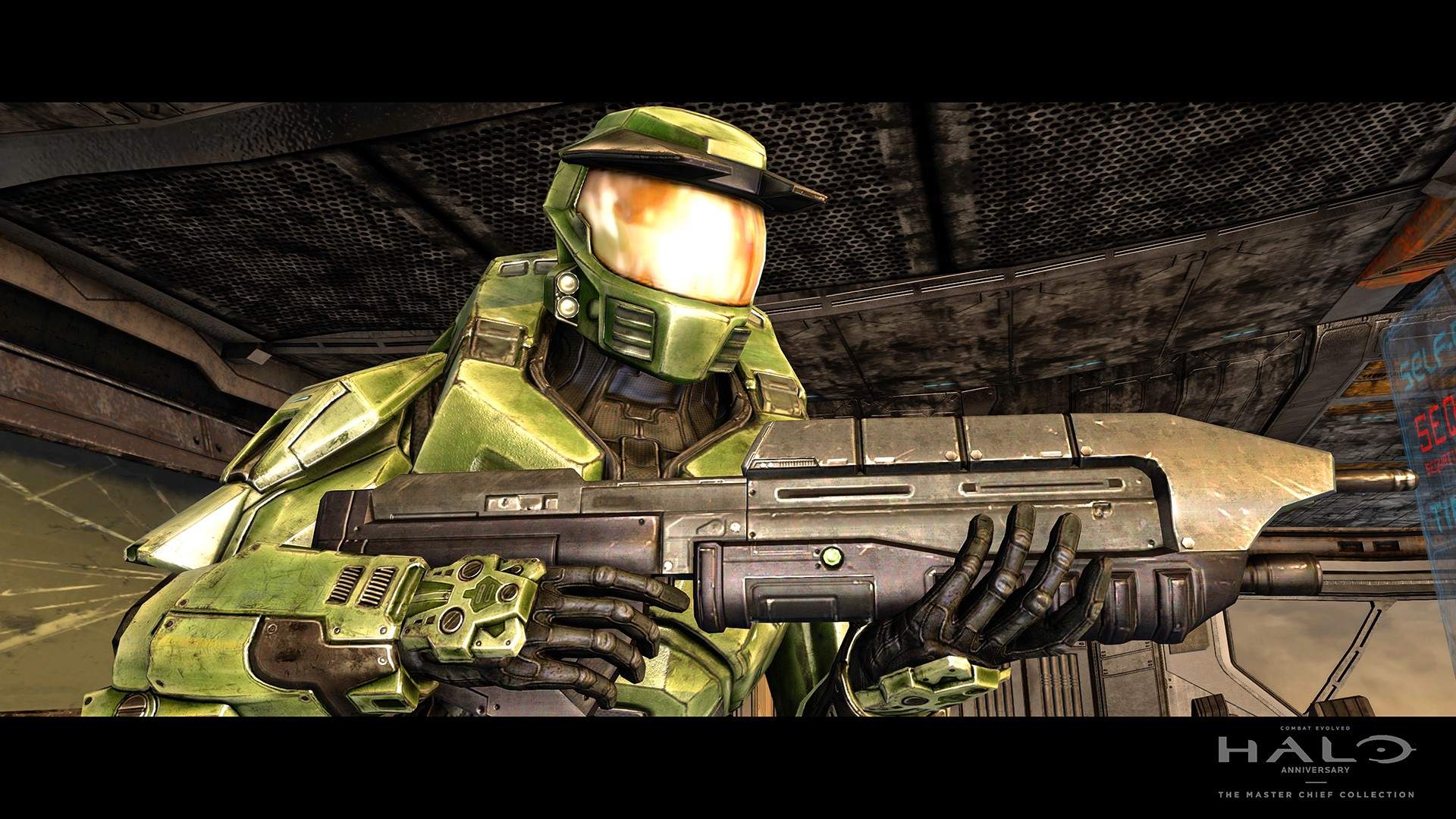
Larger fights involved the seamless integration of jeeps, hovercrafts, tanks, and even the equivalent of a small jet, with exaggerated physics generating some of Halo’s most meme-prone moments. It was the genesis of the infamous “30 second of fun” gameplay loop, backed by an implementation of Xbox’s twin analogue sticks that enabled pinpoint accuracy. Halo wasn’t the first game to use twin analogue sticks, but it was arguably the first to demonstrate 20 years ago that they could present a viable alternative to the traditional keyboard-and-mouse setup.
The combat is contextualized by Halo: Combat Evolved’s lore. The metallic architecture I noted is Forerunner design, an elder race that built the Halo installation. Later on, especially by the time of Halo 4, Forerunner history and culture would grow into a sprawling mythos propped up by a series of weighty novels. In 2001 it was just a suggestion – that barest of hints at something grander hiding behind the smooth gray angles. Halo had a cavalier minimalism to its tone and narrative that would never be recaptured but that was effective at conveying mystery and foreboding. All the more so for Martin O’Donnell and Michael Salvatori’s brilliant score and the game’s excellent sound design – I still recall the discordant strings and the echo of shotgun shells as they accented my first terrifying run through “343 Guilty Spark.”
Arriving 20 years ago today, Halo: Combat Evolved was more than an intrinsically good shooter or an introduction to the age of popular multiplayer, however; it was also a unit shifter for Xbox. With a built-in hard drive and Ethernet connection and running a Windows-based operating system, the Xbox was in many ways a PC in console format. As a result, there is also a sense in which for many of us Halo was an indirect gateway to PC ports that didn’t make it to the other sixth-generation consoles – games like Half-Life 2, The Elder Scrolls III: Morrowind, and Thief: Deadly Shadows. If it weren’t for Halo, I likely wouldn’t have gotten an Xbox. If it weren’t for the Xbox, it’s likely I wouldn’t have gotten my hands on these excellent PC games. Twenty years later, with Halo Infinite apparently set entirely on a new ringworld and available on both Xbox and PC from day one, there is a sense of symmetry to that.

